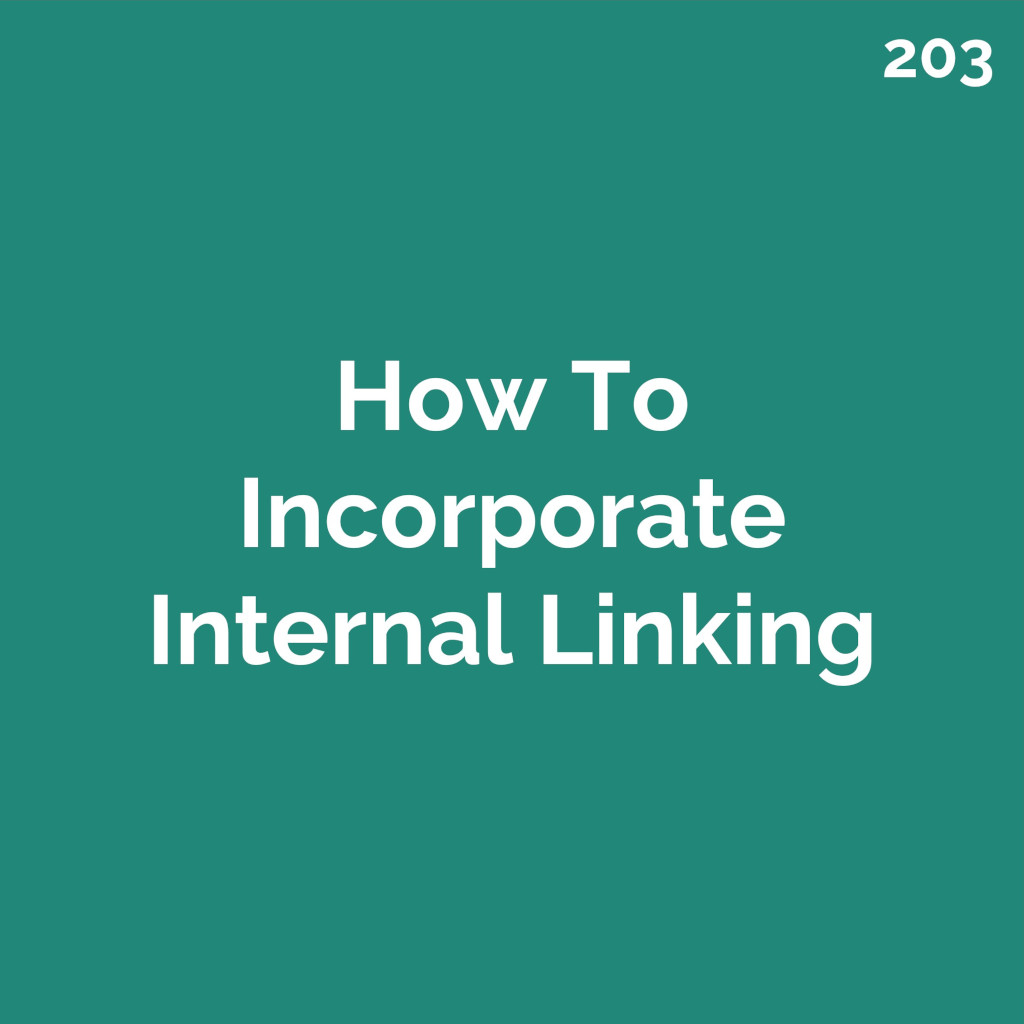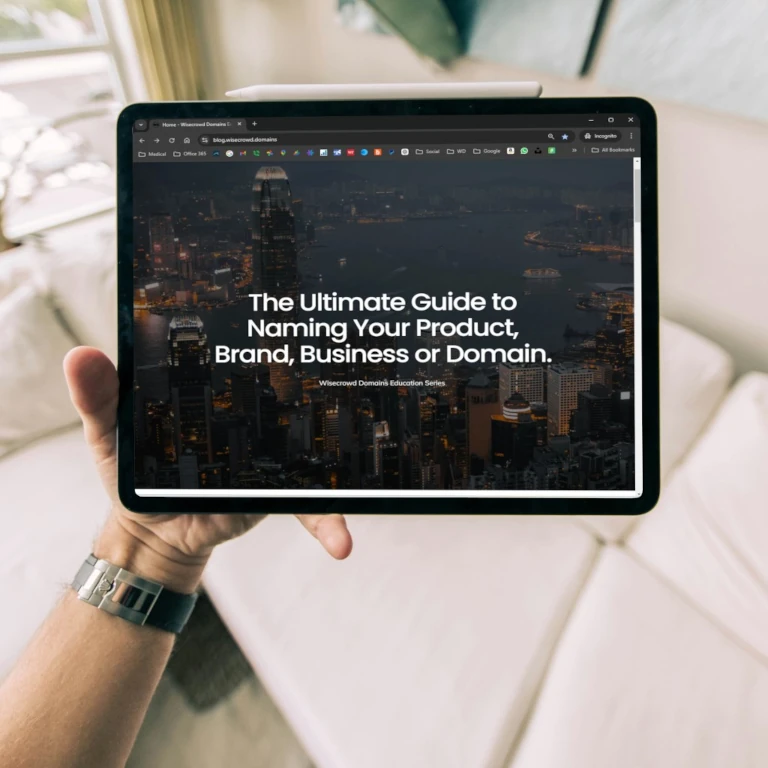How To Incorporate Internal Linking
Article 203 From the Complete Do It Yourself SEO Checklist For Small Business
Internal linking is the practice of connecting one page of your website to another using hyperlinks. This is an essential part of on-page SEO because it helps search engines and visitors navigate your website more effectively. For example, if you have a blog post about “home gardening tips,” you can link to another page on your site about “best tools for gardening.” This not only keeps visitors engaged but also helps search engines understand the relationship between your pages.
From an SEO perspective, internal links spread “link equity” (ranking power) throughout your site. Pages with more internal links pointing to them are seen as more important by search engines, which can boost their rankings. Internal links also help search engines discover new pages on your site faster, ensuring your content is indexed and visible in search results.
How to Incorporate Internal Linking
Here’s how to effectively use internal linking on your website:
- Link to Relevant Pages
Make sure the pages you link together are related. For example, if you’re writing about “how to plant vegetables,” link to a page about “choosing the right soil.” This improves the user experience and keeps visitors exploring your site. - Use Descriptive Anchor Text
The anchor text (the clickable text in the link) should clearly describe the page it’s linking to. For instance, instead of “click here,” use “learn more about organic fertilizers.” This helps search engines understand the context and boosts keyword relevance. - Create a Logical Linking Structure
Link from high-traffic pages (like your homepage or main service pages) to deeper, less-visited pages. This ensures that all parts of your site get attention from search engines and visitors. For example, add links to recent blog posts or product pages from your homepage. - Avoid Overlinking
Don’t clutter your page with too many internal links, as this can overwhelm visitors and dilute the SEO impact. Focus on 2–5 meaningful links per page, depending on the content length. - Use Tools for Insight
If your site is large, tools like Yoast SEO or Screaming Frog can help you identify opportunities for internal linking.
For more tips, check out Google’s SEO Starter Guide. By incorporating internal linking, you’ll enhance the user experience, improve site navigation, and strengthen your overall SEO, driving more traffic to your website.
Need Expert Help?
The team at Wisecrowd Design is standing by to help you with all facets of your website performance.


